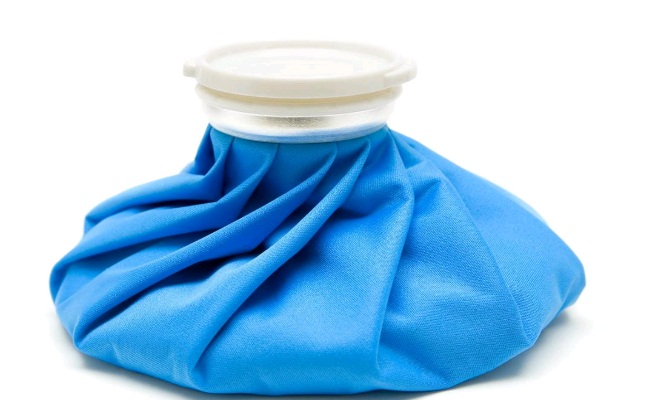
When you get into an injury doing fitness activities like running, biking, climbing, or when lifting weights at the gym, you normally get advice from people saying to apply hot or cold compress over the injury, but when do you use hot or cold?
Injuries can cause swelling, pain, and discomfort, and applying either a cold or hot compress can help relieve these symptoms. However, it is important to know when to use each type of compress, as they each have different benefits and effects.
Cold Compress
Best used for: acute injuries, such as sprains, strains, and bruises, that are causing swelling and pain.
How it works: Cold compresses reduce swelling and numb pain by constricting blood vessels and reducing blood flow to the affected area.
When to use: Within the first 48 hours of an injury.
How to use: Wrap a cold compress, such as a bag of ice or frozen vegetables, in a towel and apply to the affected area for 15-20 minutes at a time, with a break in between.
Hot Compress
Best used for: chronic injuries, such as muscle tension or joint pain, or to warm up before physical activity.
How it works: Hot compresses increase blood flow and relax tense muscles, which can help relieve pain.
When to use: After the initial 48 hours of an injury or for chronic conditions.
How to use: Wrap a hot compress, such as a heating pad or hot water bottle, in a towel and apply to the affected area for 15-20 minutes at a time, with a break in between.
In summary, a cold compress should be used for acute injuries to reduce swelling and numb pain, while a hot compress should be used for chronic injuries or to warm up before physical activity. Always wrap the compress in a towel to prevent skin damage and limit use to 15-20 minutes at a time. If symptoms persist, consult a doctor.






